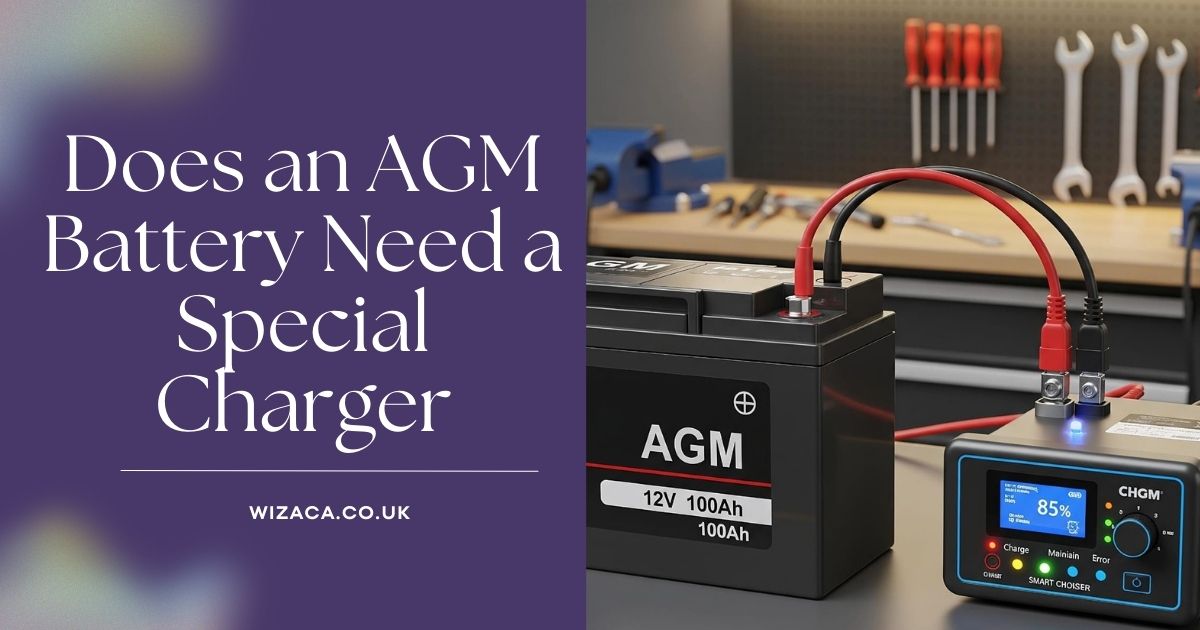Yes, brake cleaner is very effective at removing oil from various surfaces, especially brake components. One of the primary functions of brake cleaner is to dissolve and remove oil, grease, and other contaminants that can affect braking performance. In fact, brake cleaner is commonly used in automotive maintenance to clean off oil and grease from brake pads, rotors, calipers, and other metal parts.
How Brake Cleaner Works to Remove Oil
1. Composition of Brake Cleaner
- Brake cleaners are typically composed of powerful solvents such as acetone, isopropyl alcohol, chlorinated solvents, or non-chlorinated solvents. These solvents break down oil and grease effectively, making it easy to clean surfaces without leaving a residue.
2. Solvent Properties
- The solvents in brake cleaner dissolve the oil or grease on the surface, allowing you to wipe or rinse it off. The cleaner is designed to evaporate quickly without leaving any oily or greasy residue behind, which is important for brake performance, where any residue could affect friction.
Applications of Brake Cleaner for Oil Removal
1. Cleaning Brake Components
- Brake cleaner is most commonly used to remove oil from brake pads, rotors, and calipers. During routine brake maintenance or when replacing parts, brake cleaner helps remove any oil or grease that may have accumulated on the parts, ensuring that the brake system functions correctly.
2. General Use in the Garage
- Brake cleaner can be used to remove oil from a variety of surfaces, including engine components, tools, and even on the garage floor. It’s often used to clean grease from mechanical parts before assembly or repair.
3. Preventing Oil Contamination
- When replacing brake pads, rotors, or doing other mechanical repairs, ensuring that there is no oil or grease contamination on the surfaces is crucial. Brake cleaner is perfect for cleaning these areas to prevent braking performance from being compromised.
Is Brake Cleaner Safe for All Surfaces?
1. Brake Parts
- Brake cleaner is specifically formulated for use on brake components, so it is safe to use on these parts. However, it’s important to avoid overspraying or letting the cleaner sit for too long on delicate components.
2. Painted or Sensitive Surfaces
- While brake cleaner is great at removing oil, it can be harsh on painted or sensitive surfaces. Prolonged exposure to brake cleaner can cause paint to fade or damage certain plastic parts. Always use brake cleaner with caution around painted surfaces, trim, or plastics.
3. Plastic and Rubber Parts
- Some brake cleaners, especially those with chlorinated solvents, can cause damage to rubber seals or plastic components. Be sure to check the label to ensure compatibility with the materials you are cleaning.
Other Considerations
1. Ventilation
- Brake cleaner contains chemicals that can be harmful if inhaled in large amounts, so always use it in a well-ventilated area. Wear protective gloves and safety glasses to protect your skin and eyes from splashes.
2. Alternatives to Brake Cleaner
- While brake cleaner is excellent for removing oil and grease, there are other products specifically designed for cleaning oil spills or removing stubborn grease. Products like degreasers or oil stain removers may be better suited for large areas or delicate surfaces.
Conclusion
In conclusion, brake cleaner is very effective at removing oil and grease, particularly on automotive brake components and mechanical parts. It works quickly and evaporates without leaving residue, making it ideal for use in areas where contamination with oil or grease can affect performance, such as on brake pads, rotors, and calipers. However, care should be taken when using brake cleaner on sensitive or painted surfaces, as it may cause damage.
For best results, always use brake cleaner according to the manufacturer’s instructions and ensure proper ventilation while using the product.
Also Check:
• Does Brake Cleaner Remove Rust
• Does Brake Fluid Remove Car Paint










